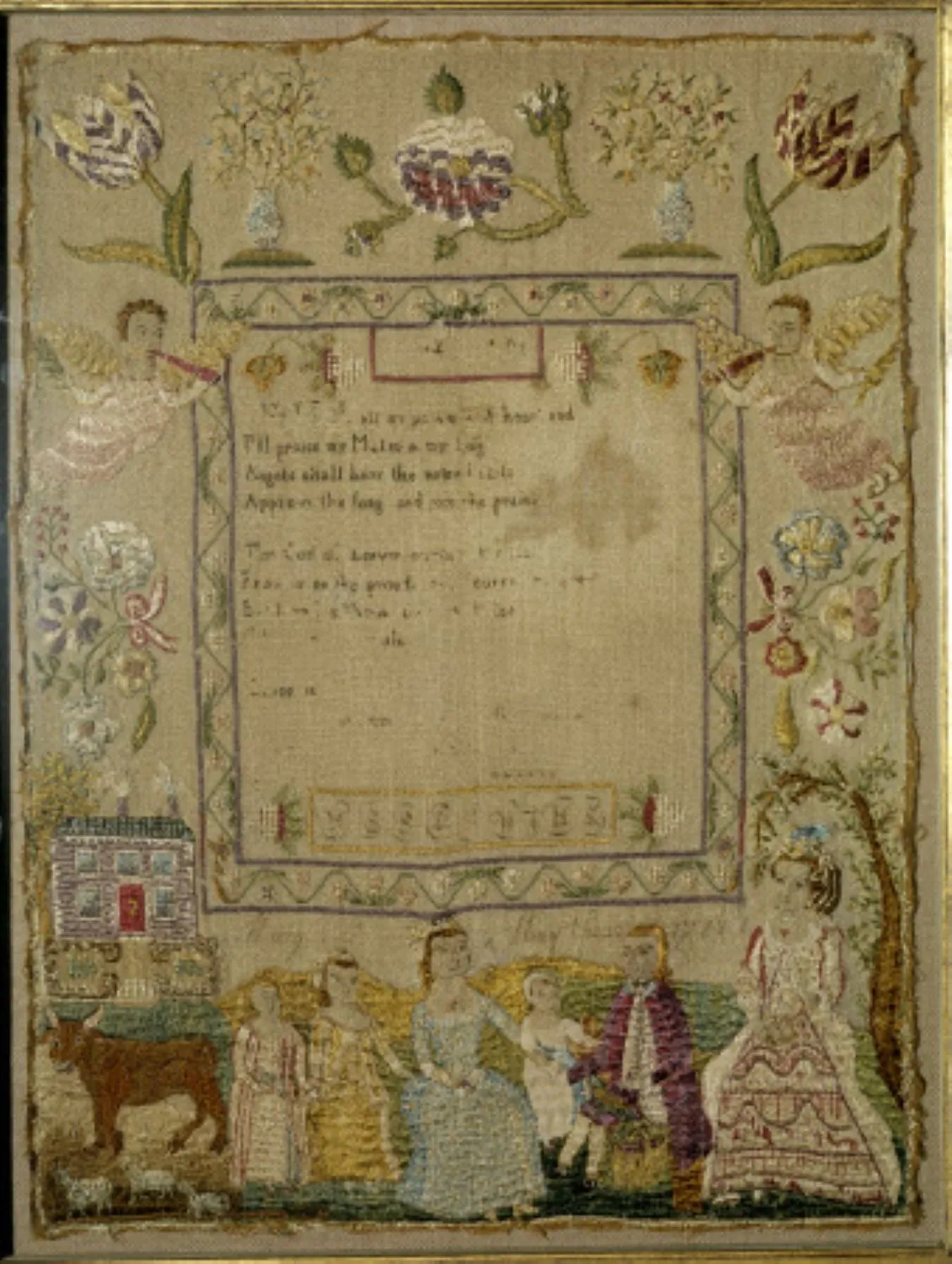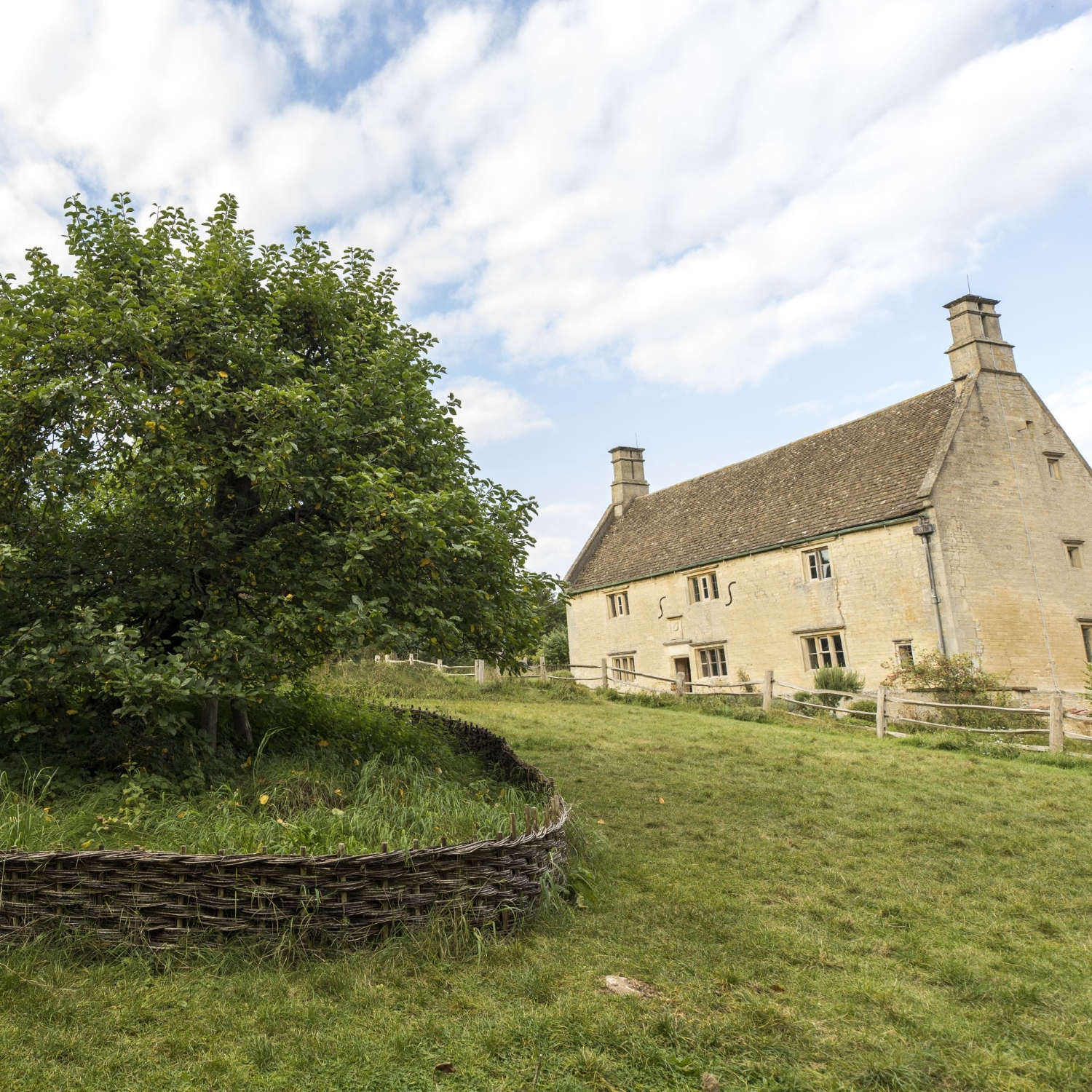9CAF88
Blue Diamond is the UK's premier garden centre group and in August 2022, announced a long-term collaboration with the National Trust.
The collaboration has already seen the development of exciting collections of seeds, bulbs, roses and plants, including new and exclusive varieties, inspired by the gardens in the care of the National Trust and Blue Diamond will continue to increase these collections.
Through sales generated from the National Trust Collection by Blue Diamond, a minimum of 10% of the retail sales price per product will be given to the National Trust to help look after nature, beauty and history for everyone, for ever.
Discover the collections
Explore and shop the range now by clicking on the buttons below:

The collaboration
The National Trust look after the greatest collection of historic gardens and garden plants under single ownership in Europe. They encompass more than 500 years of history and a vast range of garden styles and fashions. With more than 200 gardens in their care, from kitchen gardens to colourful displays of spring bulbs, rare and unusual trees, along with heritage rose gardens, the National Trust bring a shared passion for gardening to this collaboration
The collaboration between Blue Diamond and the Trust working together has resulted in the development of unique collections of seeds, bulbs, roses and plants that are inspired by the gardens the National Trust cares for. These collections are available exclusively in all Blue Diamond Garden Centres and online:

A shared passion
Alongside a shared passion for gardens, both Blue Diamond and the National Trust are committed to caring for the environment - the National Trust is Europe’s largest conservation charity and this ethos flows through everything it does.
Blue Diamond Garden Centres has taken many positive steps to reduce its impact on the environment and has implemented measures to reduce its carbon footprint. As part of Blue Diamond’s commitment to sustainable product production, all plants in the National Trust Collections by Blue Diamond are potted in peat-free compost and in recyclable pots. In 2021, Blue Diamond Garden Centres also partnered with the Soil Association and is working with them to promote environmentally friendly and organic gardening.
Image Credit: ©National Trust Images/John Millar

'Preserved our heritage'
Michaela Davies, Brand Licensing Manager at the National Trust said:
“We know that not only do our visitors love to explore the gardens we care for, but they also leave inspired to make changes in their own green spaces – however large or small. Therefore, this collaboration with Blue Diamond is a very logical one.
With both organisations also sharing a commitment to sustainable product production and featuring heritage, rare and unusual varieties; varieties that would have been lost without the National Trust’s care. This is a wonderful collection for both passionate gardeners and those just dipping their toes.”
Alan Roper, Managing Director of the Blue Diamond Group said:
“The National Trust is a much loved and cherished institution and I am pleased that our collaboration with the National Trust will provide funding for this charitable organisation who for the past 128 years have preserved our heritage and open spaces for all to enjoy. I look forward to unlocking their rich heritage of plant species which will be grown on our nursery, and be on sale over the coming years within our garden centres.”
Already in 2023, Blue Diamond Garden Centres was able to offer to the public in an exclusive auction, 10 rare saplings, direct descendants of the apple tree that is said to have inspired Sir Isaac Newton’s theory of gravity. The public has not previously been able to bid for such rare saplings.
It is hoped that Blue Diamond Garden Centres, working with the National Trust, can bring more plants such as this, into commercial production.

Biggest contributor to plant conservation
Blue Diamond is one of the biggest financial contributors to the National Trust plant conservation projects.
Blue Diamond has committed to giving the National Trust £1 million over 3 years from the start of the collaboration.
In the first year of our collaboration, (Aug 22 to July 23 inclusive), Blue Diamond contributed £160,000 to the Trust. Plus, an additional contribution from Blue Diamond to the Trust of £15,705, from the proceeds of an auction of saplings, direct descendants of Newton’s apple tree.
In the second year of the collaboration (August 2023 to July 2024 inclusive), Blue Diamond contributed £350,000 to the Trust. As Blue Diamond enters its third year of the collaboration, an additional £500,000 will be given by Blue Diamond to the Trust.
Money given to the Trust will enable them to fund several important plant conservation projects including projects at Woolsthorpe Manor, the former family home of Sir Isaac Newton, Croft Castle and Parklands and Berrington Hall, to name a few.

Newton's Apple Tree Auction
Europe’s largest conservation charity; the National Trust and Blue Diamond Garden Centres auctioned ten saplings which were propagated from the apple tree that inspired Sir Isaac Newton’s theory of gravity.
At a presentation ceremony, held in September 2023 at Woolsthorpe Manor, the childhood home of Sir Isaac Newton and where he formed the Theory of Gravity, the 10 winners were presented with their saplings.
Amongst the winners, is a distant descendant of Sir Isaac Newton, a local Lincolnshire resident who lives only 10 miles from Woolsthorpe Manor and the newly built Science, Technology and Research Centre at Haileybury College in Hertford.


